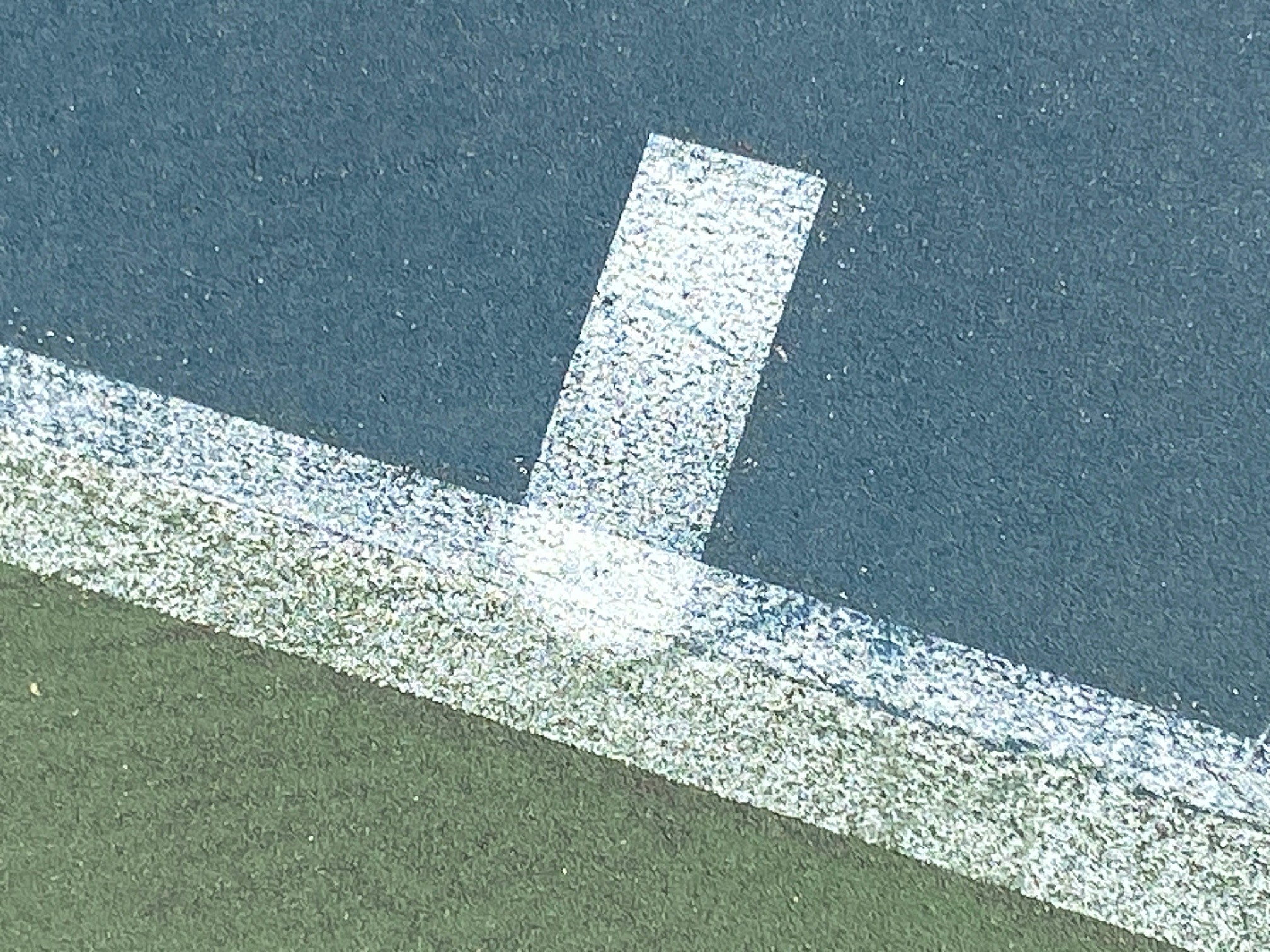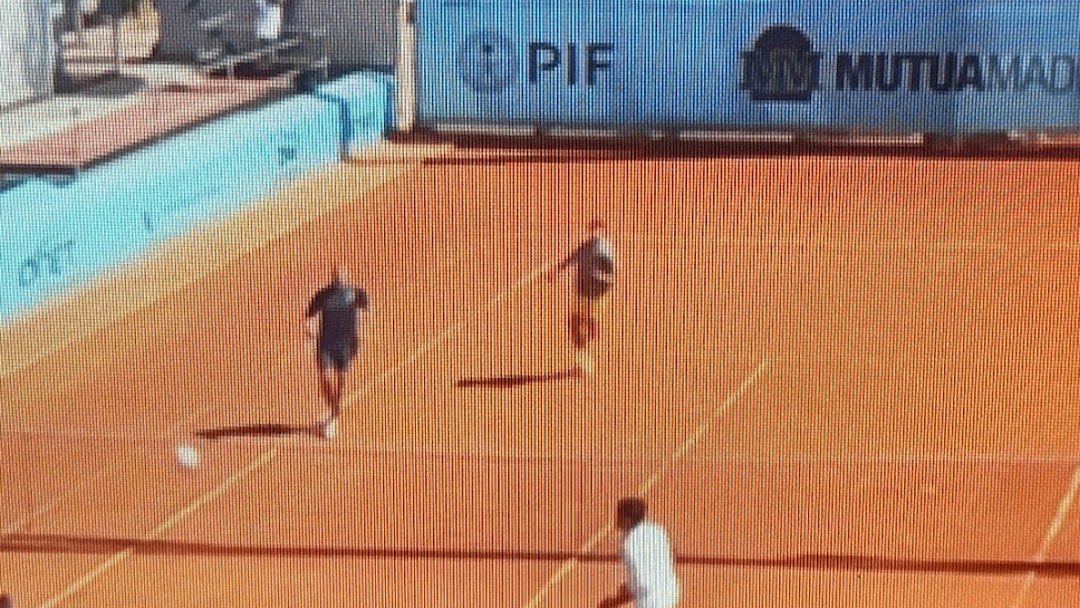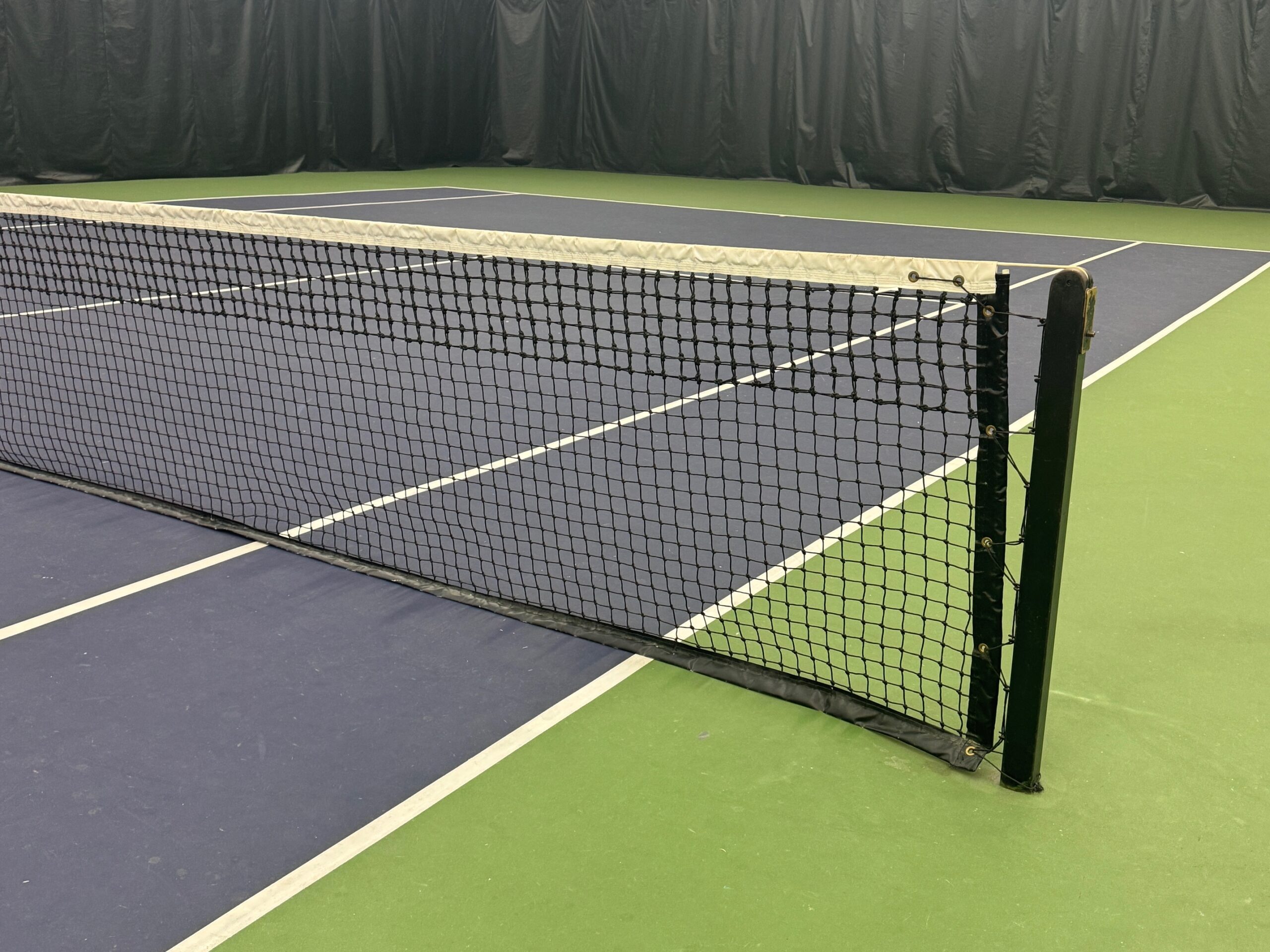Fiend at Court Unplugged
There is a cliché in chess, “Every Russian schoolboy knows…” The phrase refers to the fundamental knowledge of chess tactics and strategy that everybody is expected to understand. “Every Russian schoolboy knows…” is even used as the title of a popular chess training series. So…what does the game of chess have to do with tennis? Nothing. And Everything. I have been thinking about the cultural concept captured by “Every Russian Schoolboy knows…” in the context of the USTA Player Development program.
From 1948 through the year 2000, the World Champion Chess title was held by someone from Russia or the Soviet Union with one exception. American Bobby Fischer held the title for a short time in the early 1970s. The Russian who kicked off that streak in 1948 was Mikhail Botvinnik. He is coincidently believed to be the originator of the “Every Russian schoolboy knows…” expression. For a time in Russia and the Soviet Union, everybody was taught to play chess at a very young age. Chess was even included as a standard part of the primary school curriculum.
American Tennis Players in the Top 100
At the time of this post, John Isner is ranked at #28, which earns him the distinction of the highest ranked American male on tour. The top 60 is rounded out by Taylor Fritz (#32), Reily Opelka (#41), Tommy Paul (#53), and Frances Tiafoe (#58). Tennys Sandgren, Sam Querry, Steve Johnson, Sebastian Korda, and Marcos Giron are also in the top 100. Adding that up, there are 10 American men in the 100 players. None of those players are considered current candidates to win Grand Slam titles or to challenge for the #1 ranking. If I had to pick one from that list who breaks through with a major title, I am putting all my chips on Sebastian Korda.
On the women’s side there are two American players currently ranked in the top 10. Sofia Kenin is #4 and Serena Williams is #7. Three other players are above the John Isner mark at #28 including Jennifer Brady (#14), Madison Keys (#19), and Allison Riske (#27). Other Americans inside the top 60 are Amanda Anisimova (#32), Jessica Pegula (#33), Coco Gauff (#36), Danielle Collins (#40), Sloan Stephens (#49), and Shelby Rogers (#52). Additional American women in the top 100 are Ann Li, Bernarda Pera, Venus Williams, Lauren Davis, Madison Brengle, Christina McHale, and Taylor Townsend. That is a total of 18 players. It includes current Grand Slam champions and others that are considered to have a good chance to achieve that honor in the near future.
USTA Player Development Program Mission
One of the missions of the USTA is the Player Development program. It is intended to develop world-class American players that compete at the highest echelons of the game. In 2020, some reductions were made to the Player Development program that may signal that the USTA is reconsidering that organizational mission. In the meantime, the following excerpt captures the objectives of the Player Development program in the USTA’s own words as it currently stands.
USTA Player Development works to develop world-class American players in partnership with private-sector coaches and programs. Player Development strives to be the best in the world, developing and utilizing education, training and coaching resources to serve Team USA.
About USTA Player Development [1]
Looking at the world rankings for current American players, it is tempting to believe that the USTA is doing a great job on the women’s side and a very poor one with the men. The problem with that conclusion is that there is only one player development program that serves both sexes. Additionally, if one gender is receiving the bulk of the resources or preferential treatment, the USTA has historically tilted that in favor of the men.
Clearly, there is an alternate explanation. This is what has brought “Every Russian schoolboy knows…” to the front of my mind lately. It is a concept that may explain the current landscape in American professional tennis. That is the theme that I plan to explore this weekend.
- About USTA Player Development, USTA National Website, viewed March 26, 2021.



